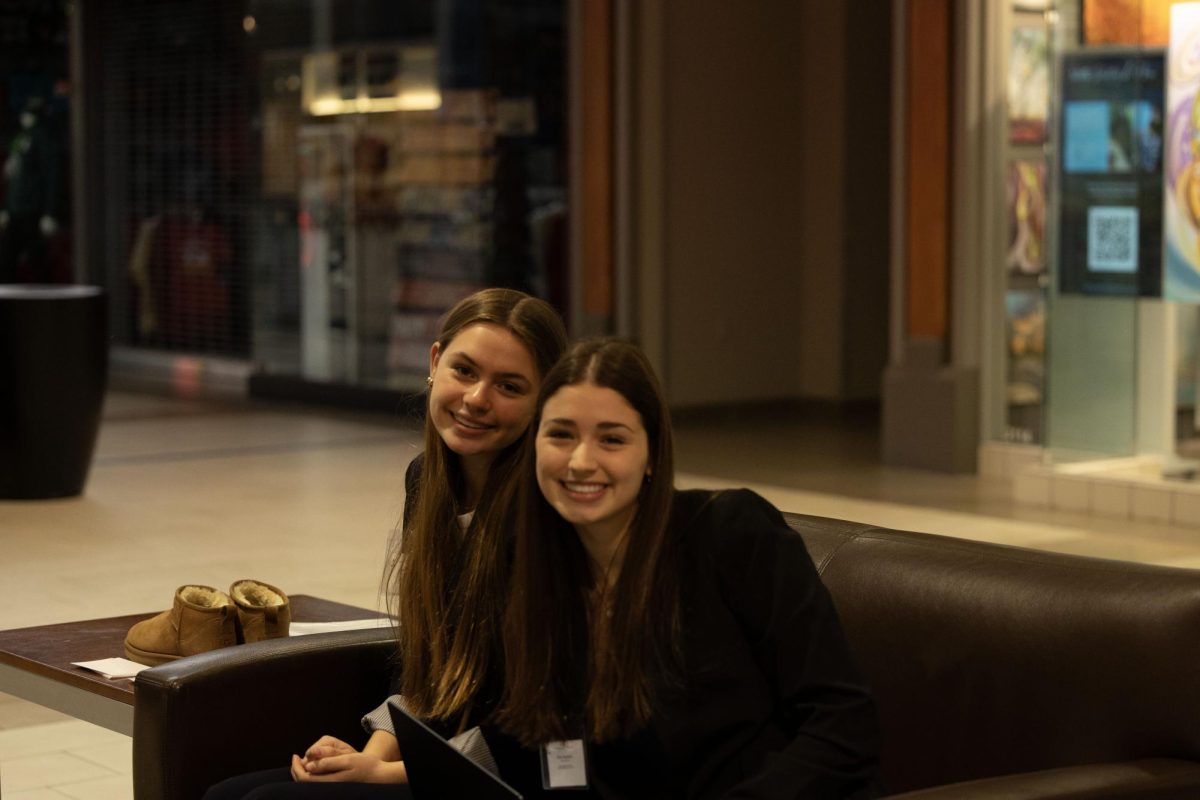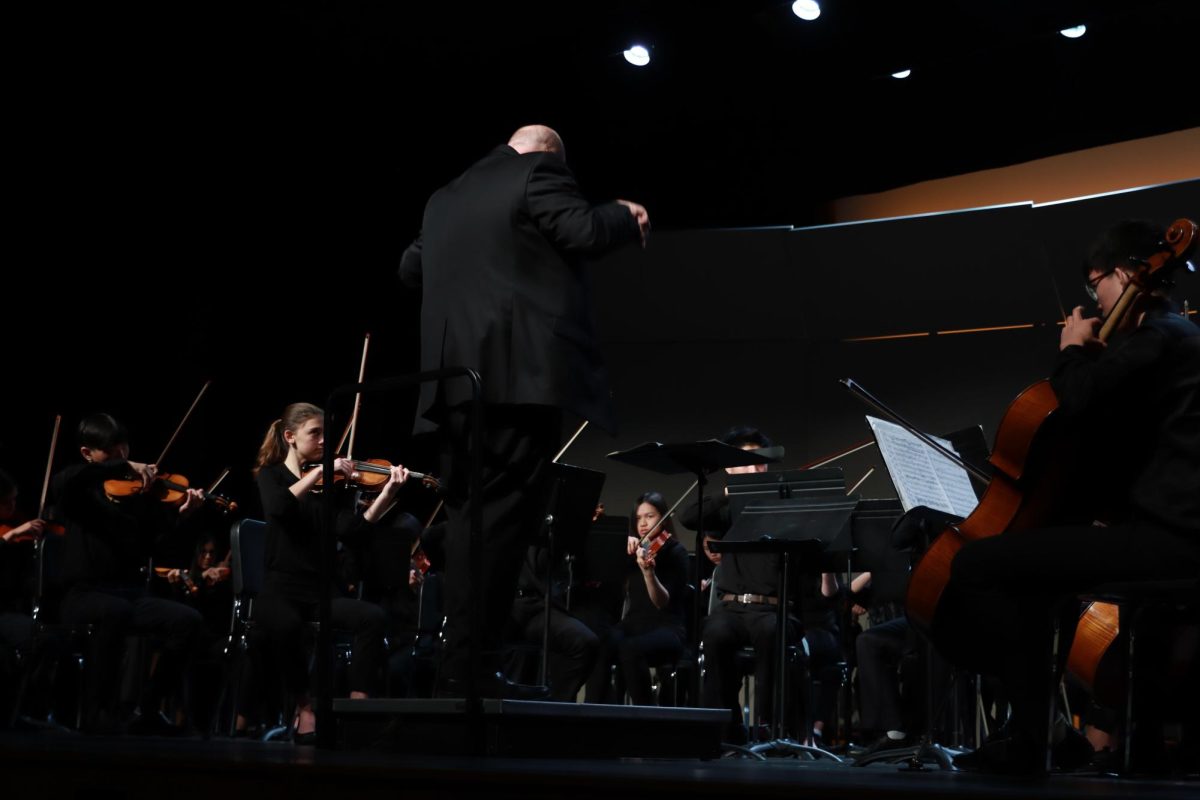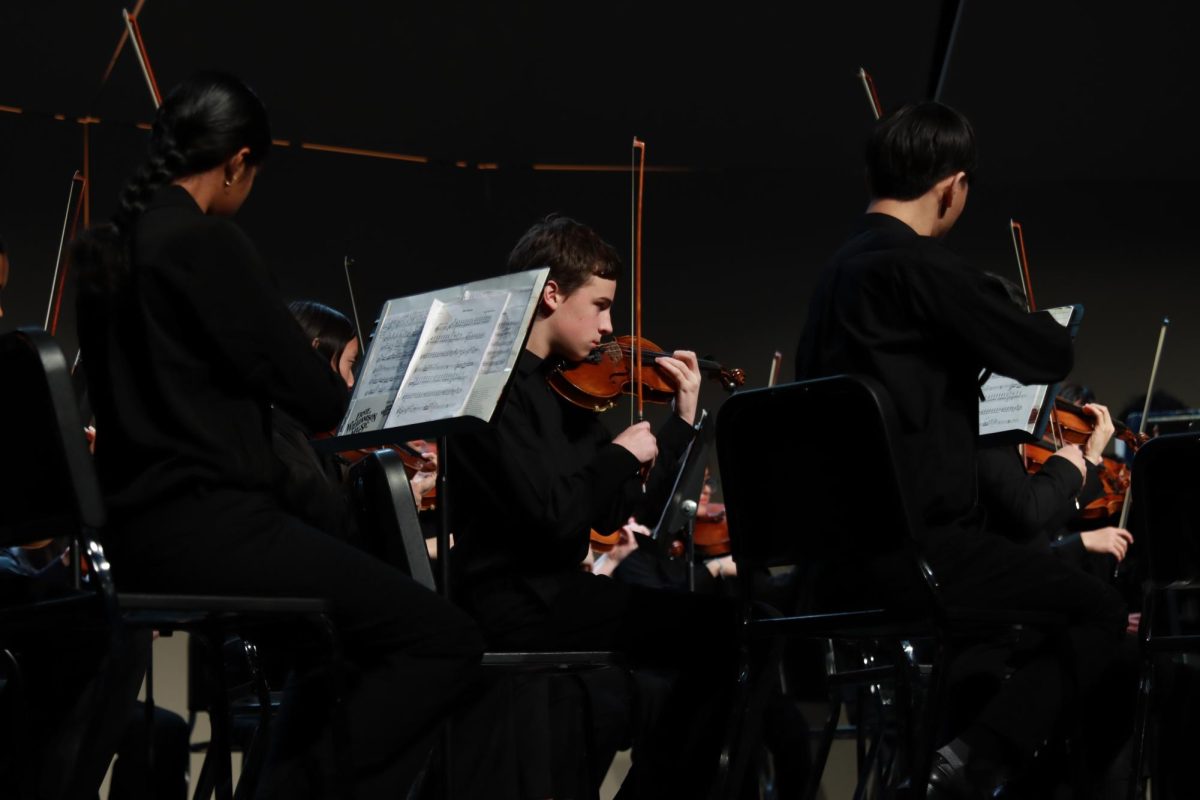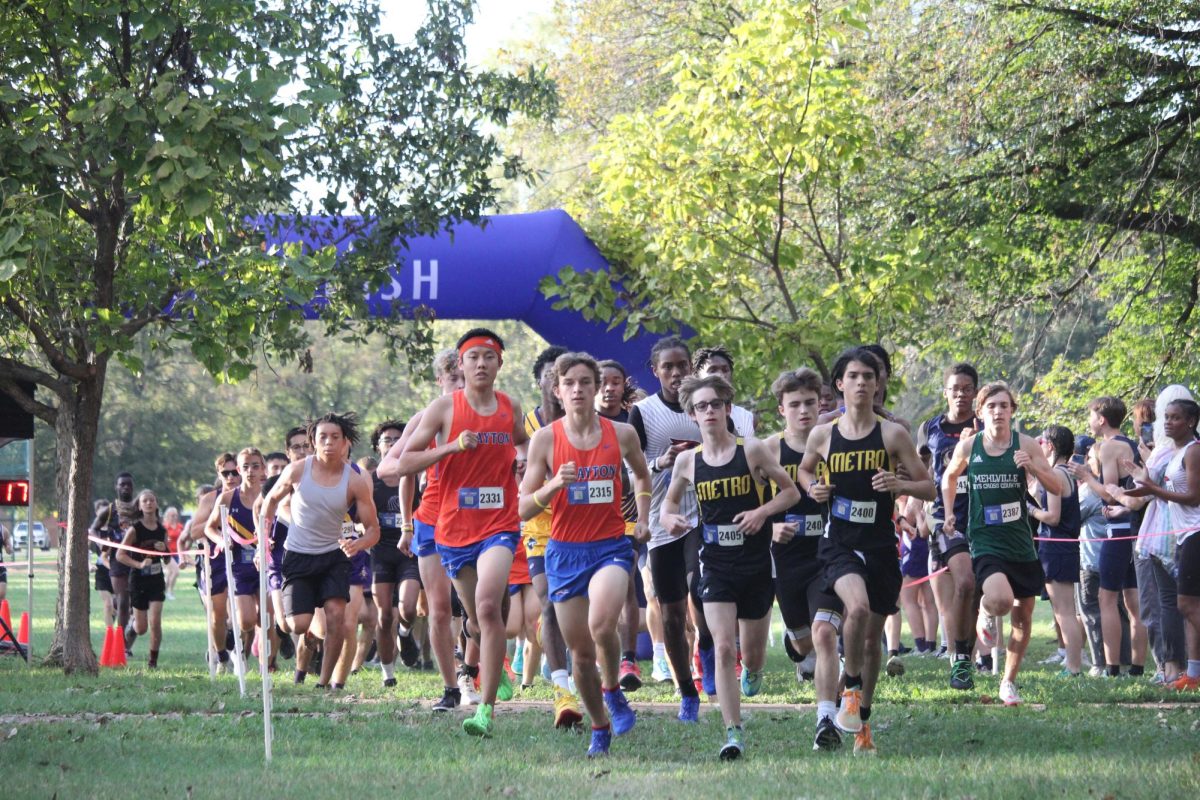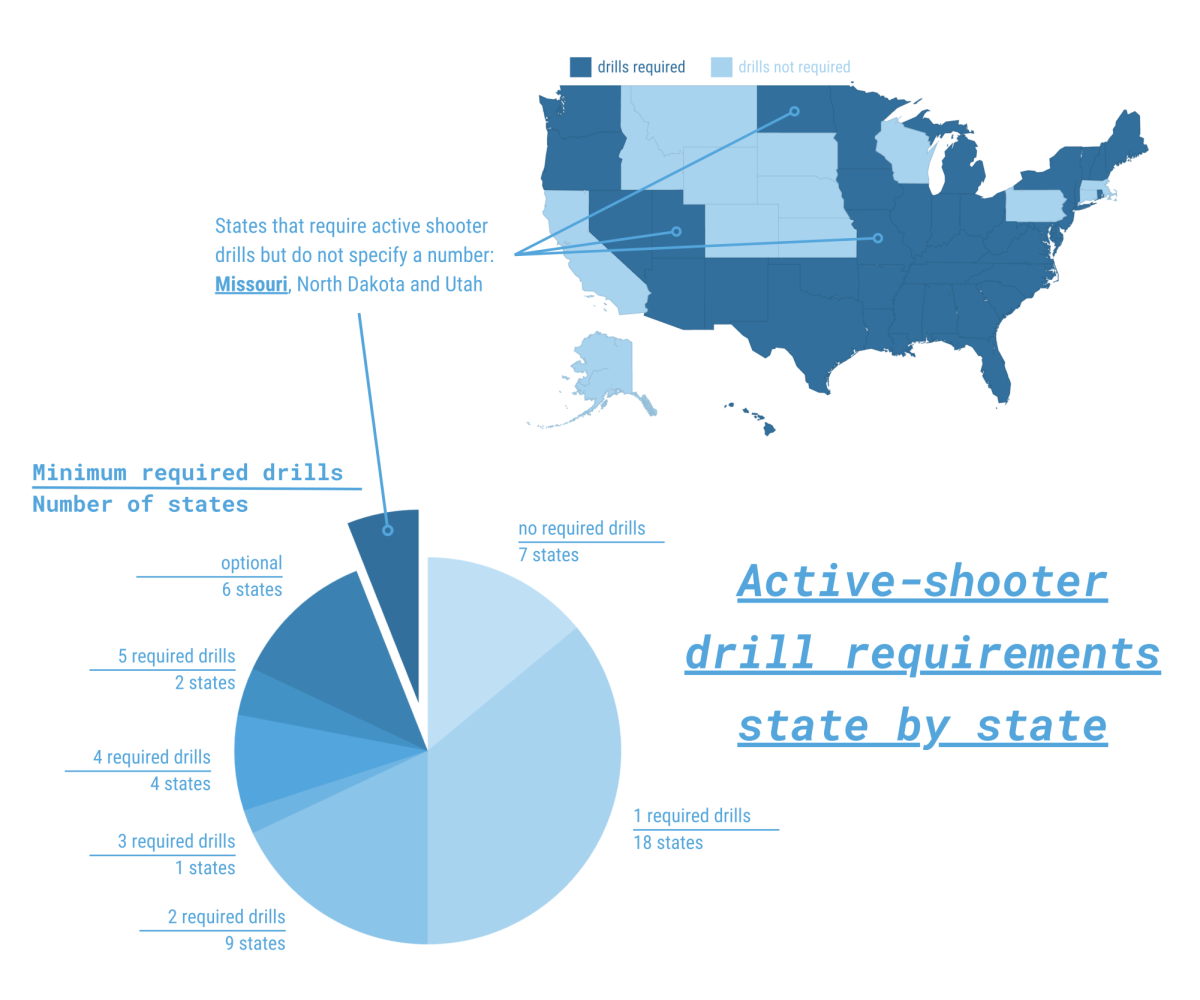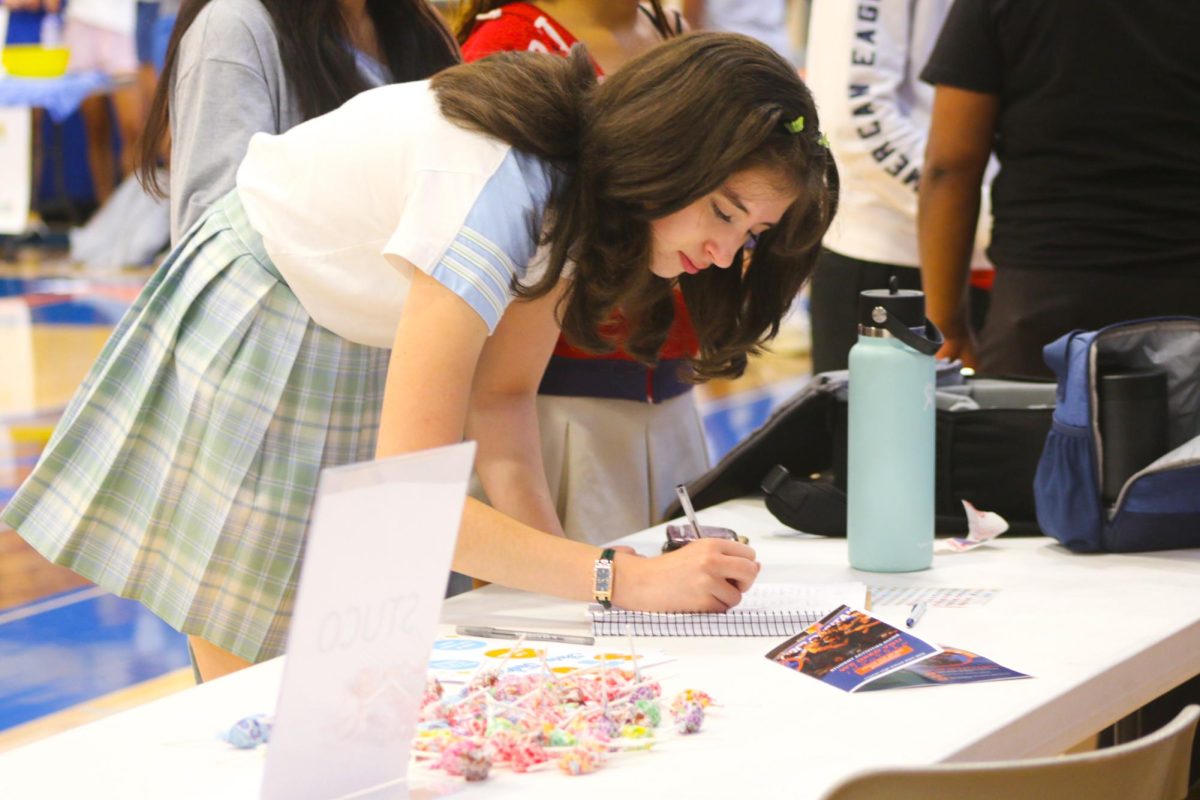New years day rolled around, people were slumped over from a night of partying, businesses were closed, and resolutions were being made. Something else was happening too, something that effects us all. The temperature. For almost three weeks we had temperatures in the 50s and even in the 60s and one day we had a whopping 71 degrees here in St. Louis on Jan. 4. Now, this may not seem that bad, but I wanted to find out what was the cause. I had some predictions that it was related to global climate change, but before I started assuming this I contacted an expert. Here is what Dr. Gavin A Schmidt from NASA had to say:
Here in St. Louis the temperature has been warmer than normal, why is that?
“The weather in any part of the world is very variable. The difference between one December in St Louis and another, can easily be a few degrees
This variability is mostly driven by natural changes in the weather – whether the jet stream is to the north (which would make it warmer in St Louis), or to the south (colder).
The winter, so far is mostly characterized by a northern jet stream, hence the warm weather.â€
Does climate change have anything to do with it?
“Climate change (driven predominantly by the increasing levels of Greenhouse gases) is also going on, with trends of around 0.2ºC/decade expected for a place like St Louis. But compare that with the variability from year to year, and you’ll see that seeing that trend will be hard unless you look at the long-term (20, 30 years) statistics. So while we expect warm winters to become more common than they were, it’s not really right to blame a single season on climate change.â€
“Unfortunately, because of the delays in the system (the carbon cycle, the high heat capacity of the oceans), we will not be able to ‘stop’ climate change in the next few decades. Our choices may however manage to slow it down to a rate to which we can adapt. That will happen if we can reduce our emissions, and that can be by using less fossil fuel (switching to alternative transportation i.e. biking & walking, installing insulation or more fuel-efficient devices), and getting energy from more renewable sources (solar, wind, hydro). Encouraging people, towns, states and the federal government to do these things, or make it more natural for everyone to do it, are the key.â€
If climate change keep going on, what do you expect for the future?
As above, we aren’t able to ‘stop it’, but if we don’t do anything to reduce emissions, we can expect some of the worst case scenarios to occur. Temperatures will of course rise (along with heat waves, reduced cold air outbreaks, reduced snow and ice in general), but the biggest effects will be felt from changes in rainfall patterns and from sea level rise (not much of a problem for St Louis though!). Rainfall intensity is likely to continue to increase (that is the tendency for rain to fall in more intense bursts), and higher latitudes will get more rainfall on average. Many sub-tropical regions will get dryer and that will stress agriculture a lot. Sea level rises will occur due to the ocean warming and expanding as well as from the melting of glaciers and ice sheets. How ecosystems, people, and agriculture will react to this is harder to foresee, some adaptation will occur but whether it is enough to avoid the worst costs is unlcear – and there are some things that can’t be adapted to.


